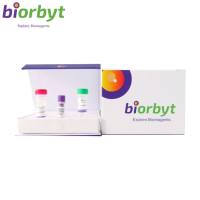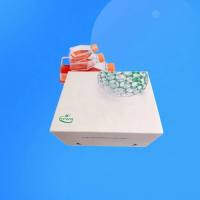Fluorescence In Situ Hybridization on Electrophoresed Cells to Detect Sequence Specific DNA Damage
互联网
418
Fluorescence in situ hybridization (FISH) to label fragments of DNA with probes which can specifically locate a genomic region of interest, combined with the single cell electrophoresis (Comet) assay, also termed Comet-FISH, allows the quantification of DNA damage and repair at a specific genomic locus. While the Comet assay alone quantifies only the overall DNA damage of an individual cell, subsequent FISH on the electrophoresed single cell genome enables the coincidental localization of fluorescently labelled sequences (i.e., probes) to the respective damaged or undamaged genes or specific genomic regions of interest. In that way sequence specific DNA damage, global genomic and transcription coupled repair or the three dimensional ultrastructure of cells from any tissue can be comparatively investigated. This protocol provides a detailed description of the principles and basic methodology of a standard Comet-FISH experiment to study interphase cells of any tissue. Also important variations of the protocol (e.g., neutral conditions to detect double strand breaks) as well as the production of fluorochrome-labelled DNA probes via random priming are described.









